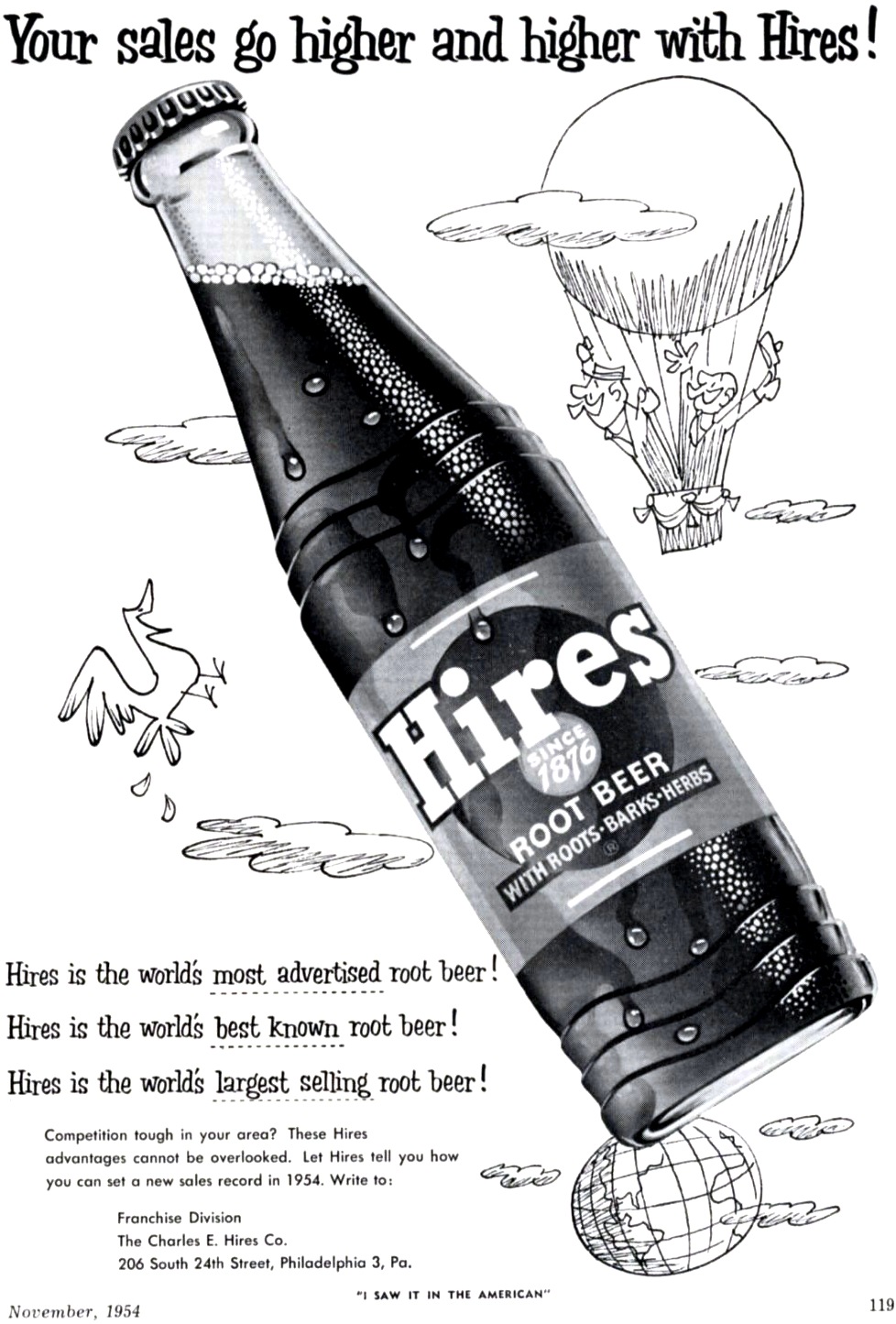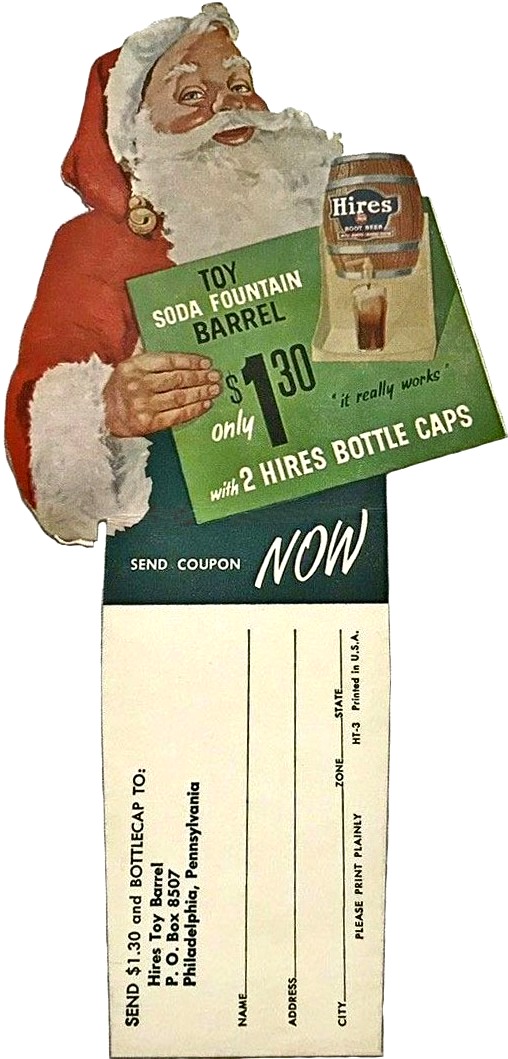1954
IT HAPPENED IN…1954
The Supreme Court ruled racial segregation in public schools unconstitutional, outlawing "separate but equal" facilities
The building boom
continued with record amounts spent on new construction.
Ellis Island was closed after processing over 20
million immigrants since opening in 1892.
Anti-polio inoculation of school children began
in Pittsburgh, Pennsylvania.
Roger Bannister broke the four minute barrier by running a 3:59:4 mile.
Joe DiMaggio married Marilyn Monroe in January. They divorced in October.
Publication of Sports Illustrated magazine began.
The first shopping mall opened in Southfield, Michigan.
America's first passenger jet, the Boeing 707, made its maiden flight.
Bill Haley and the Comets released (We're Gonna) Rock Around The Clock.
Elvis Presley recorded That's All Right (Mama) at Sun Records in Memphis, Tennessee.
Ray Kroc began franchising McDonald's restaurants.
Newly introduced products and inventions included
the Rolodex, and milk cartons.
5,626 U.S. soft drink bottling plants were in operation. Per capita consumption was 174.2 bottles.
(Figure 1954-01, Billboard, April 10, 1954)
(Figure
1954-02, The
American Bottler, April 1954)
This plastic desk thermometer was a promotional giveaway supporting the "Your sales go higher and higher with Hires" marketing campaign theme. The front bears a facsimile signature of Courtland D. Ferguson who was likely either a Hires sales employee, an independent wholesale distributor, or a Hires bottler. The base was rounded so the thermometer would "rock" when pushed.
(Figure
1954-02.5, plastic desk thermometer, 4.0" high)
The company-owned bottling and syrup plant in Dallas,
Texas was closed in May, 1954.
(Figure
1954-03, Look,
May 18, 1954)
(Figure 1954-04, Saturday Evening Post, 12.75” x 5.0”)
(Figure 1954-05, Saturday Evening Post, June 5, 1954)
(Figure 1954-06,
Saturday Evening
Post, July 12, 1954)
(Figure 1954-07, cloth back patch, 7.0” diameter)
(Figure 1954-08, tin wall
sign)
(Figure 1954-09, paper soda
jerk hat, 11.0” x 3.5”, right side)
(Figure 1954-09, paper soda
jerk hat, 11.0” x 3.5”, left side)
This extra large-sized pencil combined the "Hires to You!" slogan with the newly introduced "Since 1876" logo.
(Figure 1954-09.5, large-sized
pencil)
The company-owned bottling plant in Columbus, Ohio
was closed in July, 1954.
This paper label was for containers of Hires Root
Beer Concentrate used in vending machines.
(Figure 1954-10, paper Vending
Concentrate label, 5.0” x 5.0”)
Hires Root Beer Finished Fountain Syrup paper labels
were used in the preparation of individual fountain drinks.
The “Since 1876” logo was updated, but the directions continued
to refer to “Hires R-J Root Beer.”
(Figure 1954-11, paper
Finished Fountain Syrup label, 5.0” x 5.0”
The weathered Finished Fountain Syrup paper label on this clear, one gallon Duraglas jar matches the previous image. The original, threaded metal jar lid has a Hires check mark logo rather than a “Since 1876” logo.
(Figure 1954-12, Duraglas jar, 10.75” x 6.0” diameter, and lid)
The
Chicago Stamping & Manufacturing Company in Chicago, Illinois
manufactured this “Dispense-Rite” metal syrup jar holder that was
attached to a counter via an adjustable clamp built into the base.
A plastic spigot was screwed onto the mouth of a one gallon jar
of Hires Finished Fountain Syrup jar and the inverted jar placed into
the holder. This made it
more convenient for a soda jerk to dispense an ounce of Hires syrup into
a fountain glass before adding carbonated water and serving the finished
drink of Hires Root Beer to a customer.
A Hires “Since 1876” logo is cast into the side of the holder.
(Figure 1954-13, Dispense-Rite metal syrup
jar holder, 5.0" x 12.0")
The available assortment of wooden Multiplex keg dispensers were updated with the new "Since 1876" logo for 1954 (see Figure 1953-10, page 4). This single faucet, Model 8MPX keg held eight gallons of Hires syrup and measured 21.0" tall with a 13.0" diameter base. The pictured example is missing the knob on top of the lid.
(Figure 1954-13.5, Model 8MPX Hires Multiplex keg dispenser)
Janis Plastics, Inc., 2048 W. North Avenue, Chicago 47, Illinois,
manufactured this 18.0" x 13.5", 3-D, barrel-shaped, hard plastic wall
sign illuminated internally by an electric, clear, 25 watt, showcase
lamp.
(Figure 1954-14, barrel-shaped
plastic wall sign, unlit)
(Figure 1954-14, barrel-shaped
plastic wall sign, illuminated)
Riedel & Freede Associates in Clinton, New Jersey produced a styrene plastic “Play Soda Fountain” that Hires promoted for $1.30 plus two Hires crown caps. The carton advertised it “Really Works – True Replica! – Unbreakable!” Note the accurate Hires logo on the barrel. It wasn’t a big seller.
(Figure 1954-15, styrene
plastic Play Soda Fountain)
This aluminum picnic cooler was manufactured by Cronstroms Manufacturing, Inc. in Minneapolis, Minnesota. It has an embossed Hires “Since 1876” logo on the front panel.
(Figure 1954-16, aluminum picnic cooler,
21.5” long, 12.5” wide, 13.0” tall)
This cardboard carrier held two 26 ounce Family Size bottles of Hires Root Beer. This example was manufactured by the Atlanta Paper Company in Atlanta, Georgia.
(Figure 1954-17, cardboard
carrier, front and side)
This cardboard carton held six 12 ounce bottles of Hires Root Beer.
(Figure 1954-17.5, cardboard
six-pack carton)
The paper label affixed to this Family Size bottle specifies the contents included “carbonated water, sugar, dextrose, caramel, plant extractives of birch, sassafras, licorice, vanilla, spikenard, sarsaparilla, hops, wintergreen, pipsissewa, ginger & flavor.”
(Figure 1954-18, clear, Family Size Hires
bottle, 11.5” tall)
These two large, tin, wall thermometers appear identical at first glance, but they are actually different. In addition to slightly different heights, note the lettering sizes and positioning of the word "Hires," and the background coloring.
(Figure 1954-19, tin thermometer, 27.0” x
8.0”)
(Figure 1954-19.5, tin thermometer, 29.0” x
8.0”)
For the fiscal year ending September 30, 1954, Hires
reported net sales of $9,657,669 and a $353,633 net profit.
The
April, 1954 advertisement in The
American Bottler was revised slightly and reused for the November,
1954 issue of the newly renamed
The American Soft Drink Journal.
The previously illustrated angels were replaced by two happy men
in a hot air balloon, but the copy still reminded bottlers they “can set
a new sales record in 1954.”
(Figure
1954-20, The
American Soft Drink Journal, November, 1954)
During the Christmas season Hires utilized a Santa Claus image on carton inserts to promote sales of the styrene plastic Play Soda Fountain.
(Figure
1954-21, Play Soda Fountain carton insert, December, 1954)
Charles E. Hires, Jr., Chairman of the Board of The Charles E. Hires
Company, authored and recorded an essay entitled “The Heart of Life
Itself” for a This I Believe
radio program first broadcast in 1954.
The original recording was posted on the Internet as a This I
Believe Podcast on October 5, 2015.
Here is a transcription of the introductory comments provided by
legendary news commentator Edward R. Murrow, a photograph of Charles E.
Hires, Jr. and the text of his essay, and summary comments. You
can listen to the radio program at
https://thisibelieve.org/essay/16643/:
Edward R. Murrow: “This I Believe. Charles E. Hires, Jr., for almost 30 years head of the Hires beverage manufacturing and sugar company. As soon as he graduated from Haverford College, he entered the business and in 12 years was president of three companies. A few years ago he retired. He has recently been in India studying social tension. Here is Charles E. Hires, Jr.“
The Heart of Life Itself
After the loss of his wife, businessman Charles Hires, Jr. found a sense of purpose late in life by helping young people find theirs.
Charles E. Hires, Jr.
Four years ago when Mrs. Hires died, the bottom seemed to have dropped out of my little world. Our children were now grown men with their own problems and lives to live. We had been a very close family and greatly bound up in each other’s welfare and happiness, and this love for each other seemed all that really mattered.
Continued interest in my business activities appeared
so inconsequential and unimportant that I retired from active work after
having put nearly forty years of my life in what I believed to be
creative. For the following two years, most of my time was spent on my land, working with my hands, building
houses, clearing land, and making roads. The nights seemed to be pass
more quickly when I was physically exhausted. Gradually I came to
realize that I had cut myself off from the heart of life itself, human
relations, and that as long as I lived, I had a duty to perform toward
my fellow man. Surely there was some way I could give to others,
something of value that I had gleaned from my sixty-two years of living.
But just what had I learned and what did I believe? Well, this in part
is what I do believe.
most of my time was spent on my land, working with my hands, building
houses, clearing land, and making roads. The nights seemed to be pass
more quickly when I was physically exhausted. Gradually I came to
realize that I had cut myself off from the heart of life itself, human
relations, and that as long as I lived, I had a duty to perform toward
my fellow man. Surely there was some way I could give to others,
something of value that I had gleaned from my sixty-two years of living.
But just what had I learned and what did I believe? Well, this in part
is what I do believe.
I believe each one of us is something more than our
private selves and needs to develop interests beyond our small personal
satisfactions. For there is little true satisfaction in exclusive
possession of material things, as they are of value only if we have used
our imagination to bring them into being for the good of others, and so
experienced achievement. I believe that satisfaction in living depends
upon the worth of our living, for we either take from our fellow men or
give of ourselves to them. I believe individual success can be measured
only by what we have done for others, not what we have taken from them.
In looking back over my life, I feel that if I had
only realized the truth in these beliefs when I was starting on my
career, I would have been much more successful in the true sense of the
word. And so, when Dr. Gilbert White, President of Haverford College,
asked me if I would help with college students who were having
difficulty in making up their minds as to what they were best fitted to
do, I felt that it was a real opportunity to be of service. These young
men welcomed the chance to discuss their problems, providing I do not
lecture or offer advice, which would be presumptuous for me to give. But
I do try to act as a sounding board for their thoughts in order to open
up vistas as to what business or professional life can hold for them,
providing they have some definite aim or goal which is in line with
their beliefs and that offers something of value to others.
Many men are so frustrated
through introspection and lack of assurance that they do not realize
that the best way out is through action, action in taking a job that
offers opportunity to put their creative talents to work, no matter how
small they seem, and so gain faith in themselves and their ability to be
useful members of the community. To
sum it all up, I believe that the answer to the age-old question, “Why
are we here on Earth?” will only be found by breaking out of our own
little world and using our creative talents to help our fellow men.
Charles E. Hires, Jr. worked his way up through his
father’s company and was president for thirty years of the Hires Root
Beer manufacturing company. He was a Philadelphia native, a Quaker, and
a graduate of Haverford College. He often stated that he had only loved
two women in his life -- his mother and his beloved wife, Ilse
Keppelmann, with whom he had three sons. Hires never remarried and died
in 1980 at the age of eighty-eight.

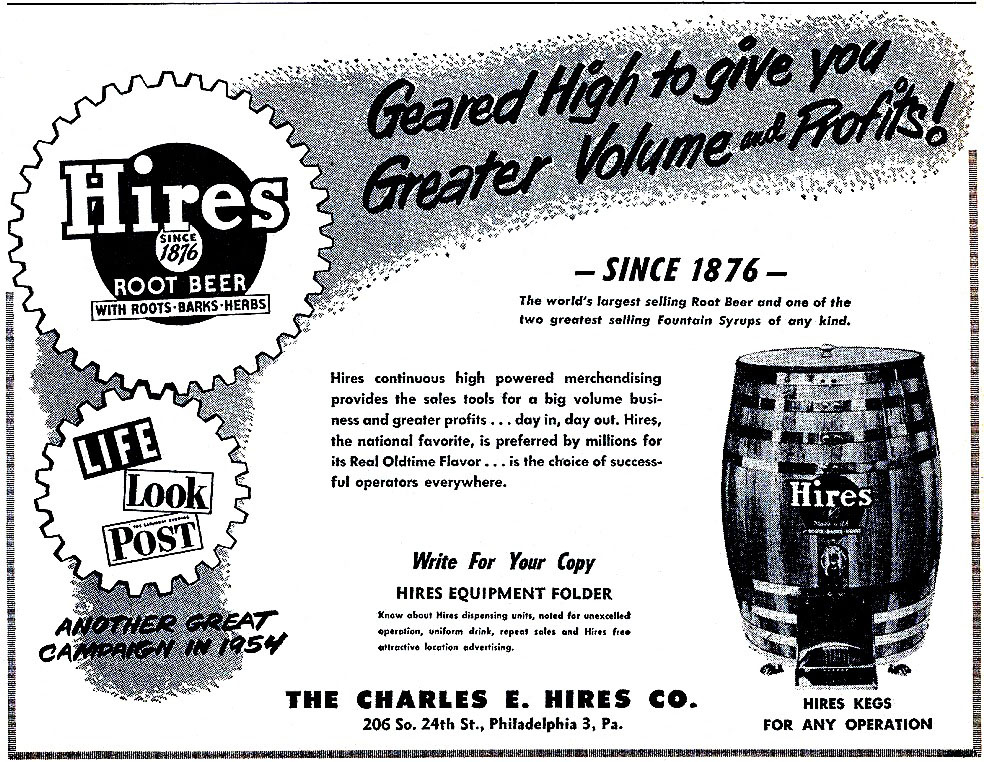
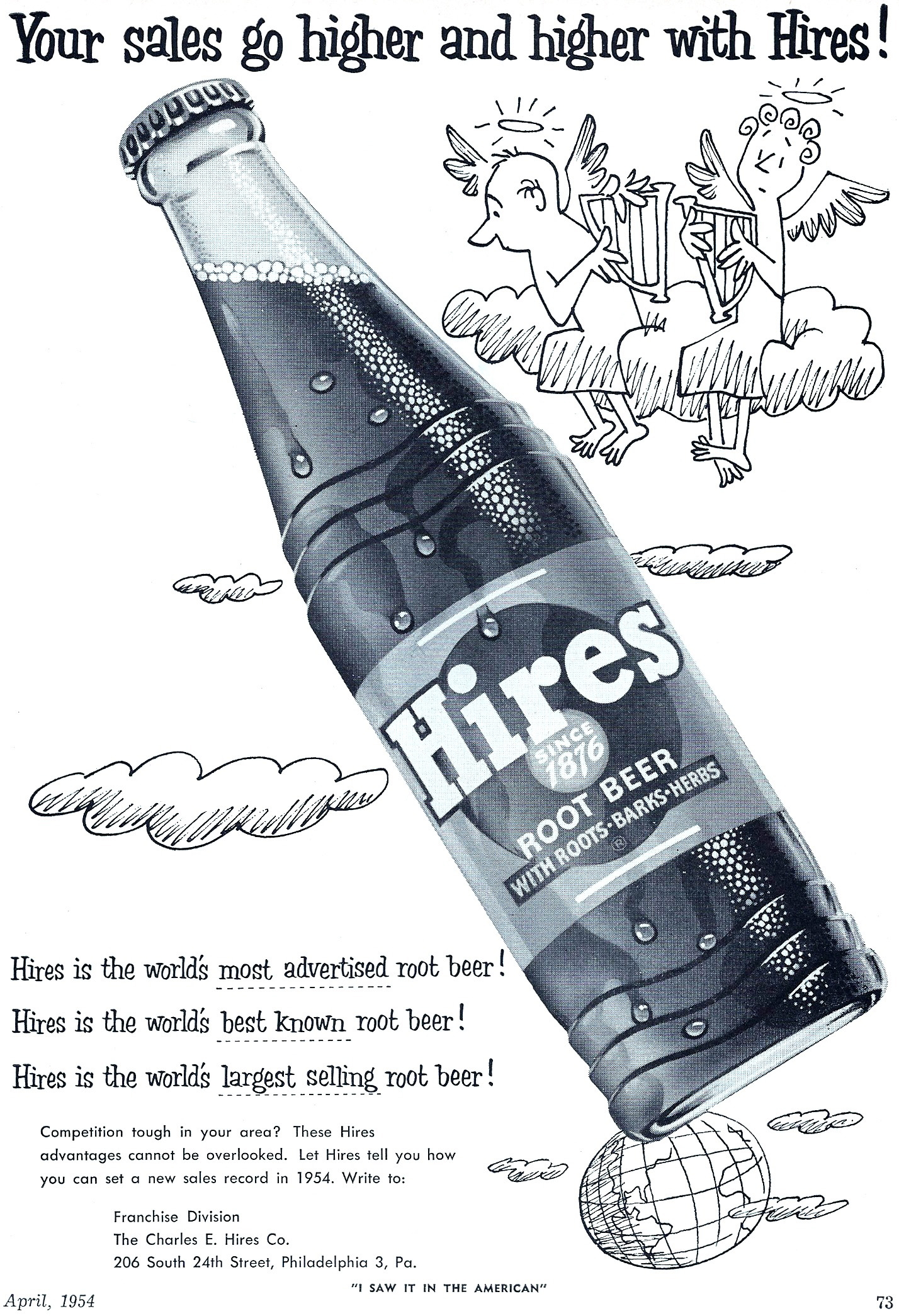
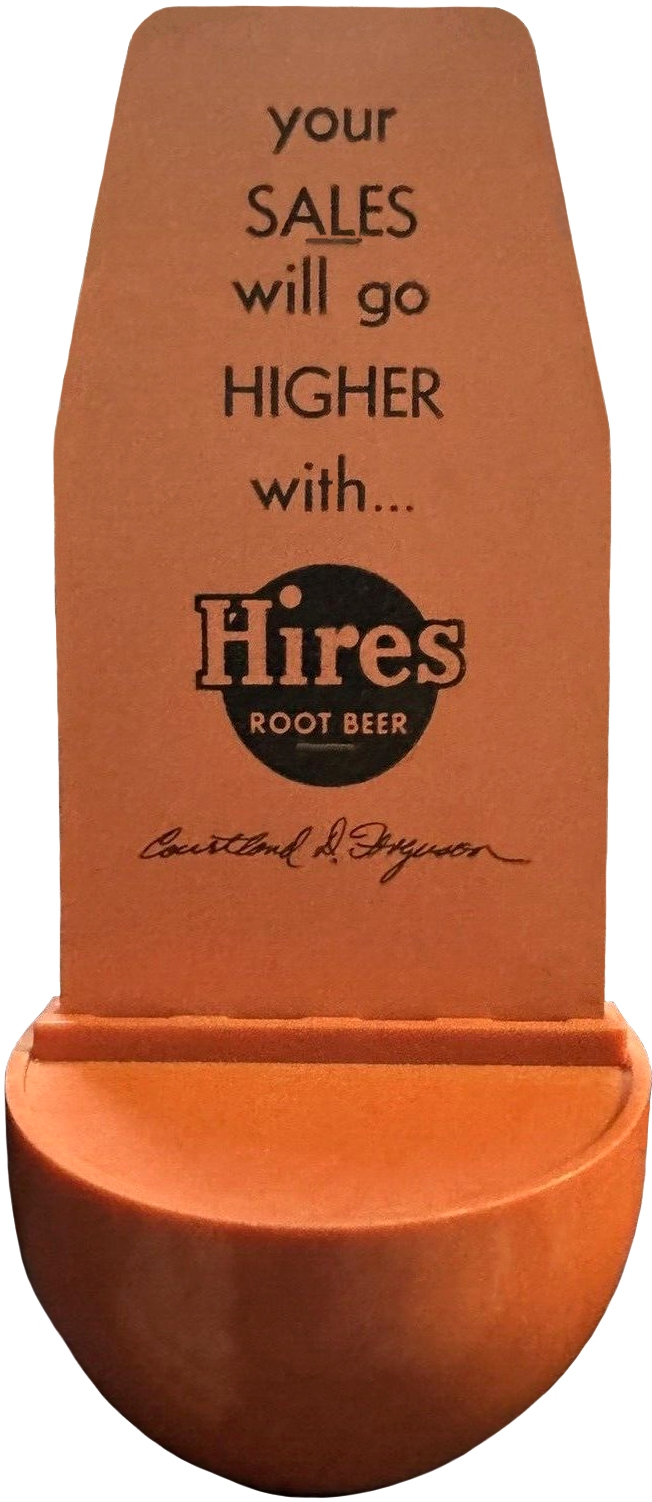
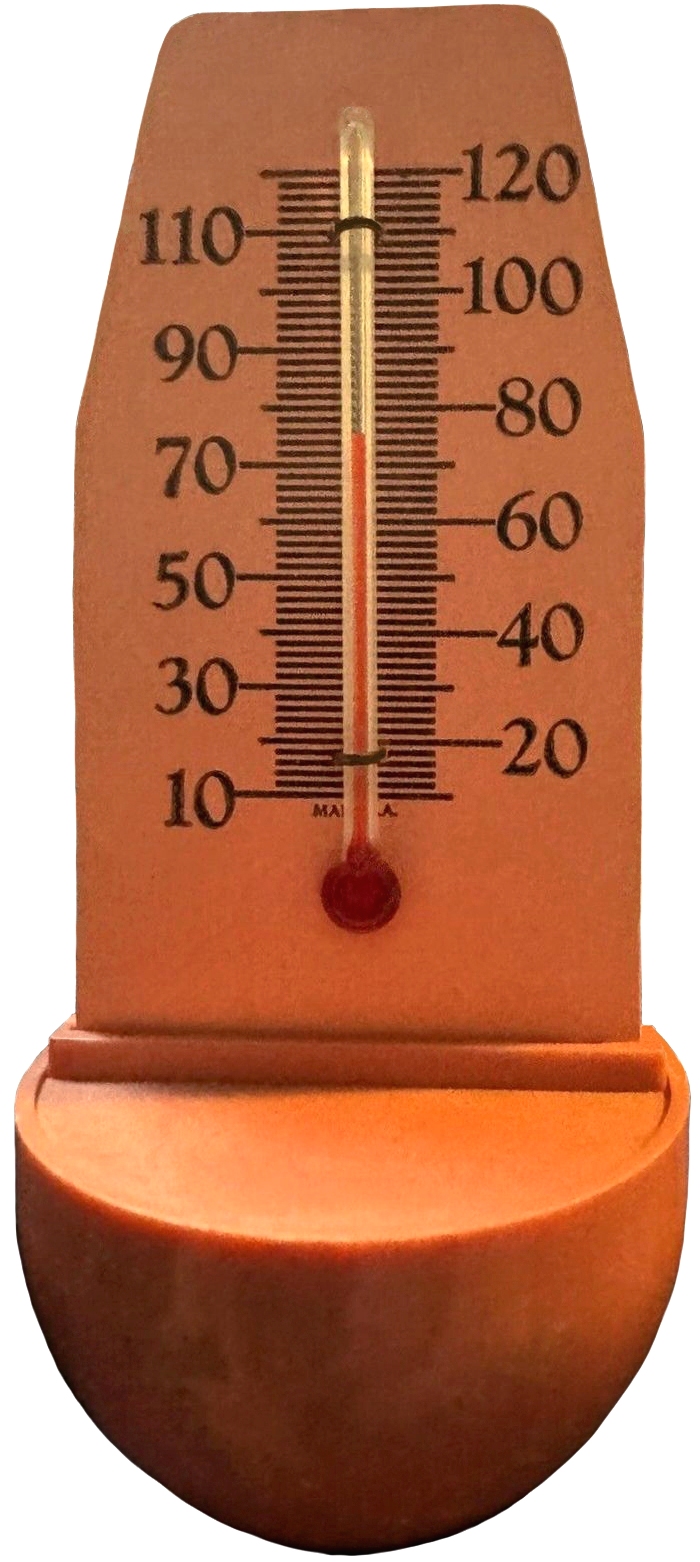
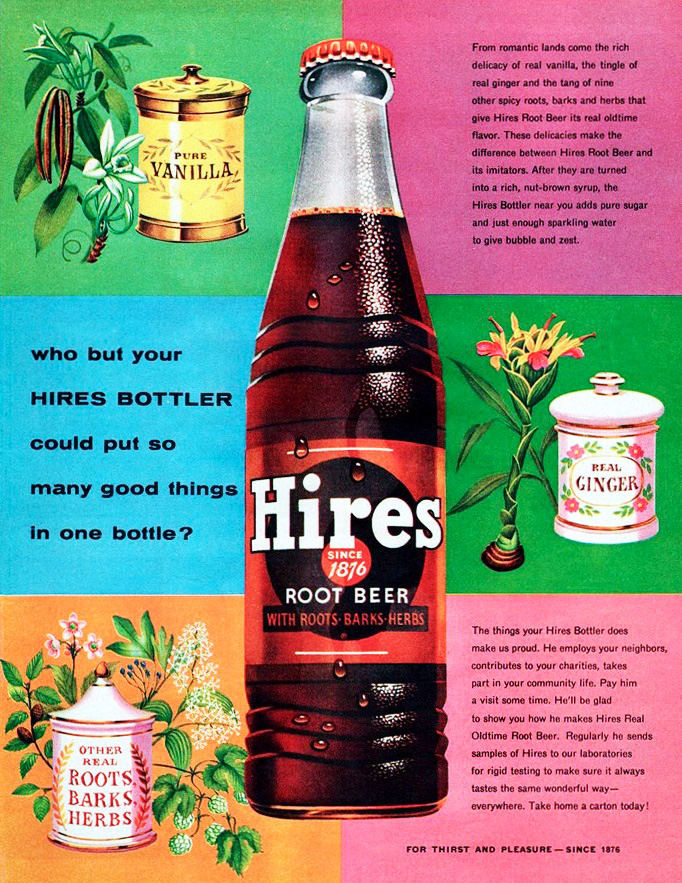

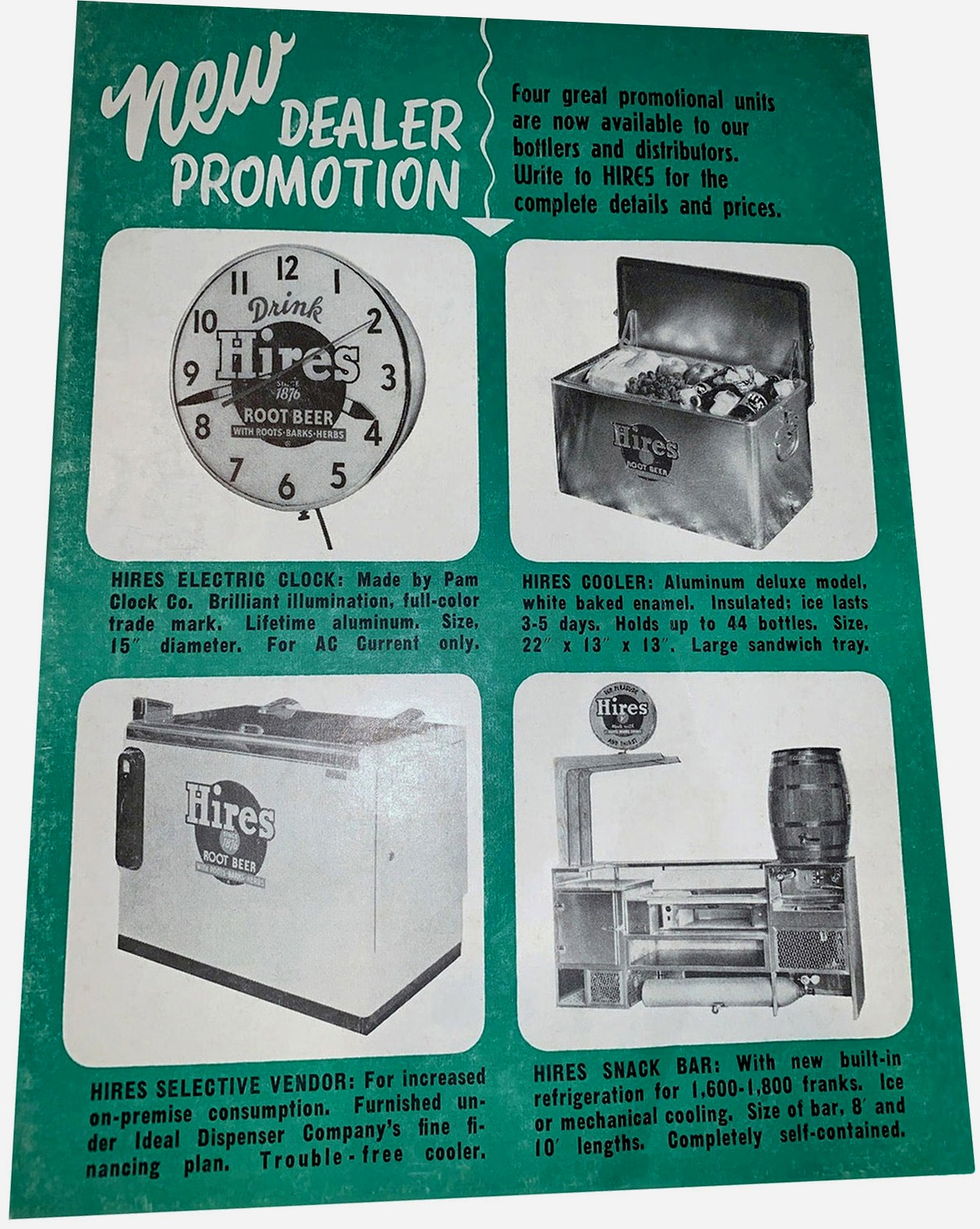
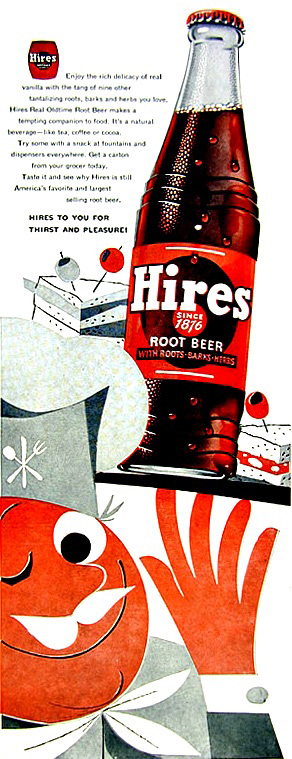
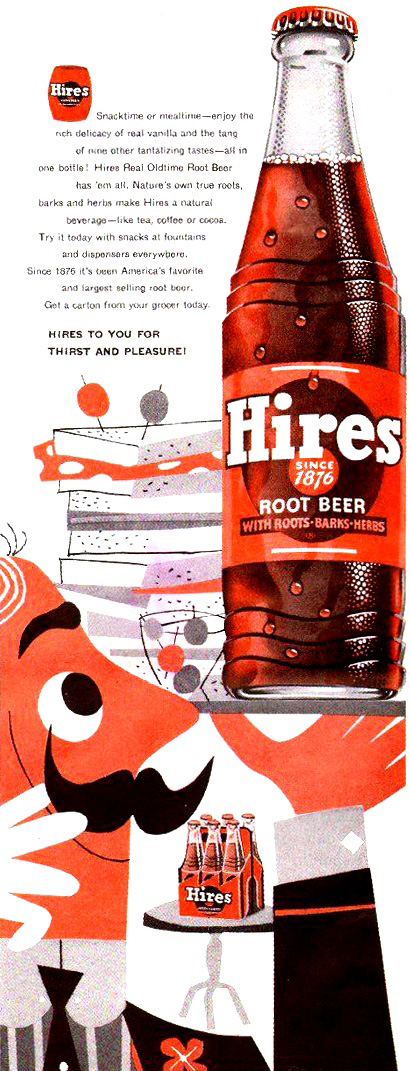

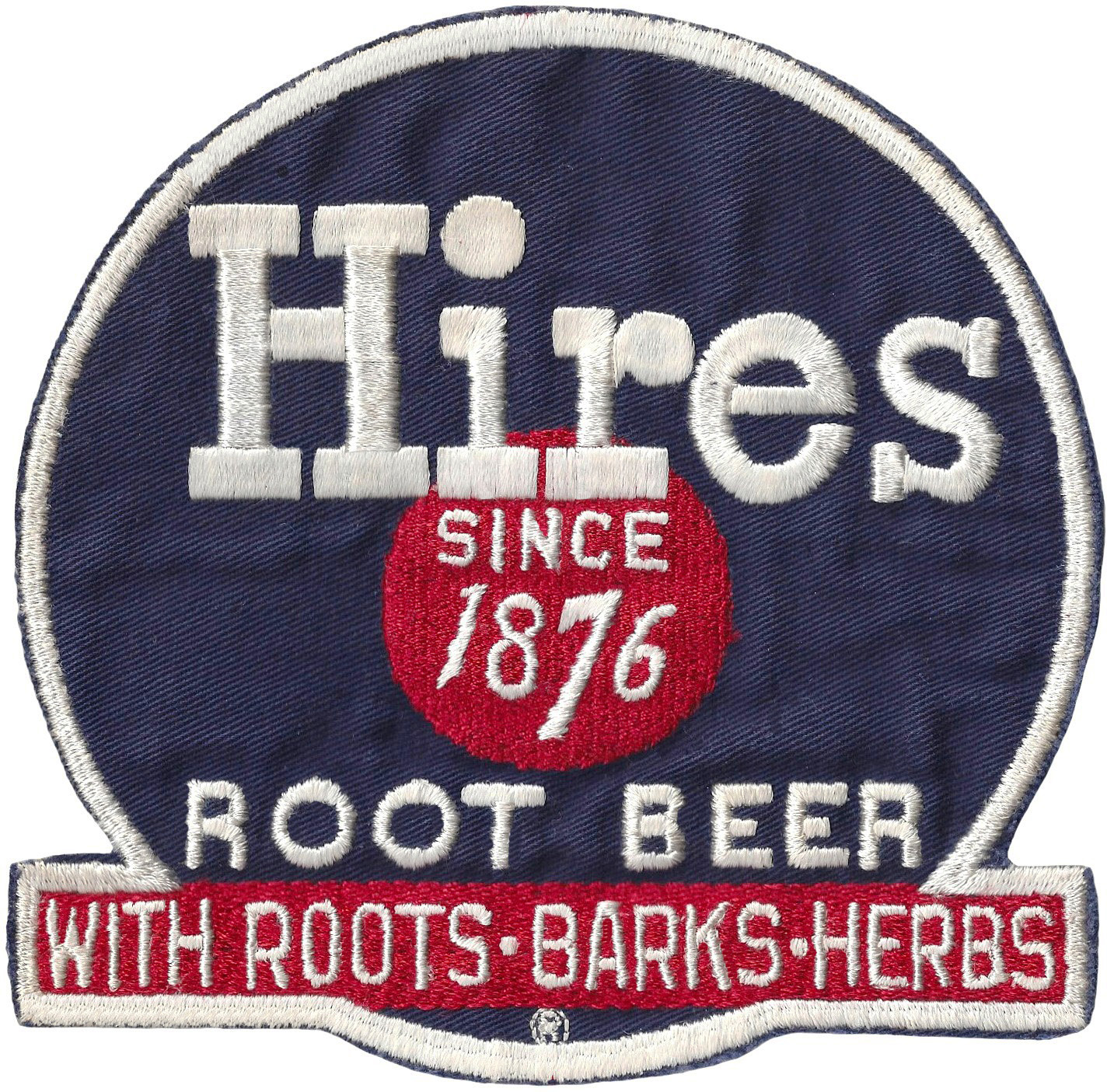
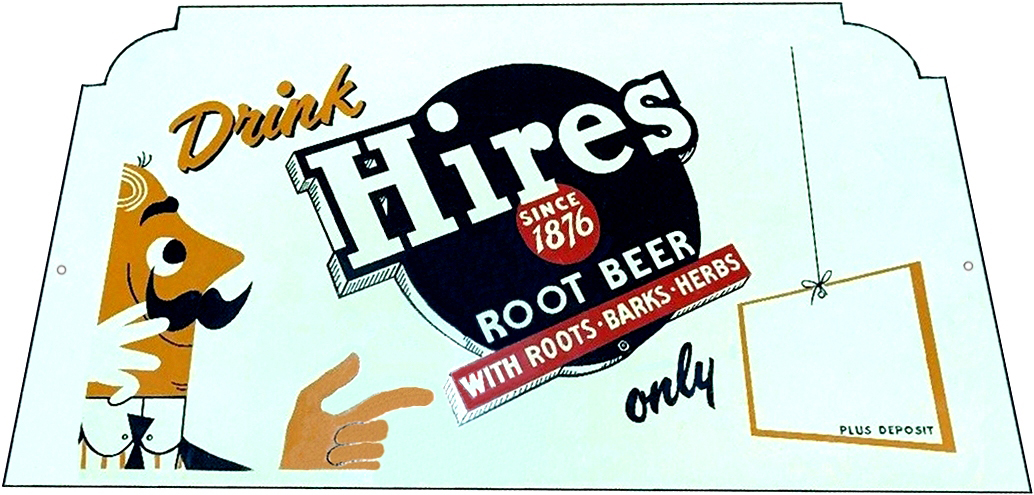


%20Root%20Beer%20With%20Roots-Barks-Herbs%20-%20Vending%20Concentrate%20-%20One%20Gallon%20paper%20label.jpg)
%20Root%20Beer%20With%20Roots-Barks-Herbs%20-%20Finished%20Fountain%20Syrup%20-%20One%20Gallon%20paper%20label.jpg)
%20Root%20Beer%20With%20Roots-Barks-Herbs%20-%20Finished%20Fountain%20Syrup%20-%20One%20Gallon%20Duraglas%20jar.jpg)
%20Root%20Beer%20With%20Roots-Barks-Herbs%20-%20Finished%20Fountain%20Syrup%20-%20One%20Gallon%20Duraglas%20jar%20-%20check%20mark%20lid.jpg)
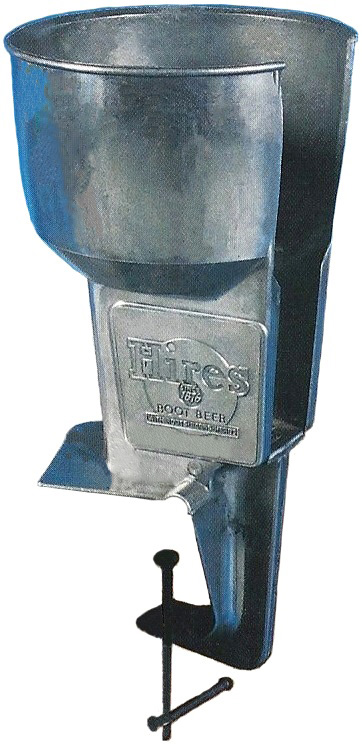

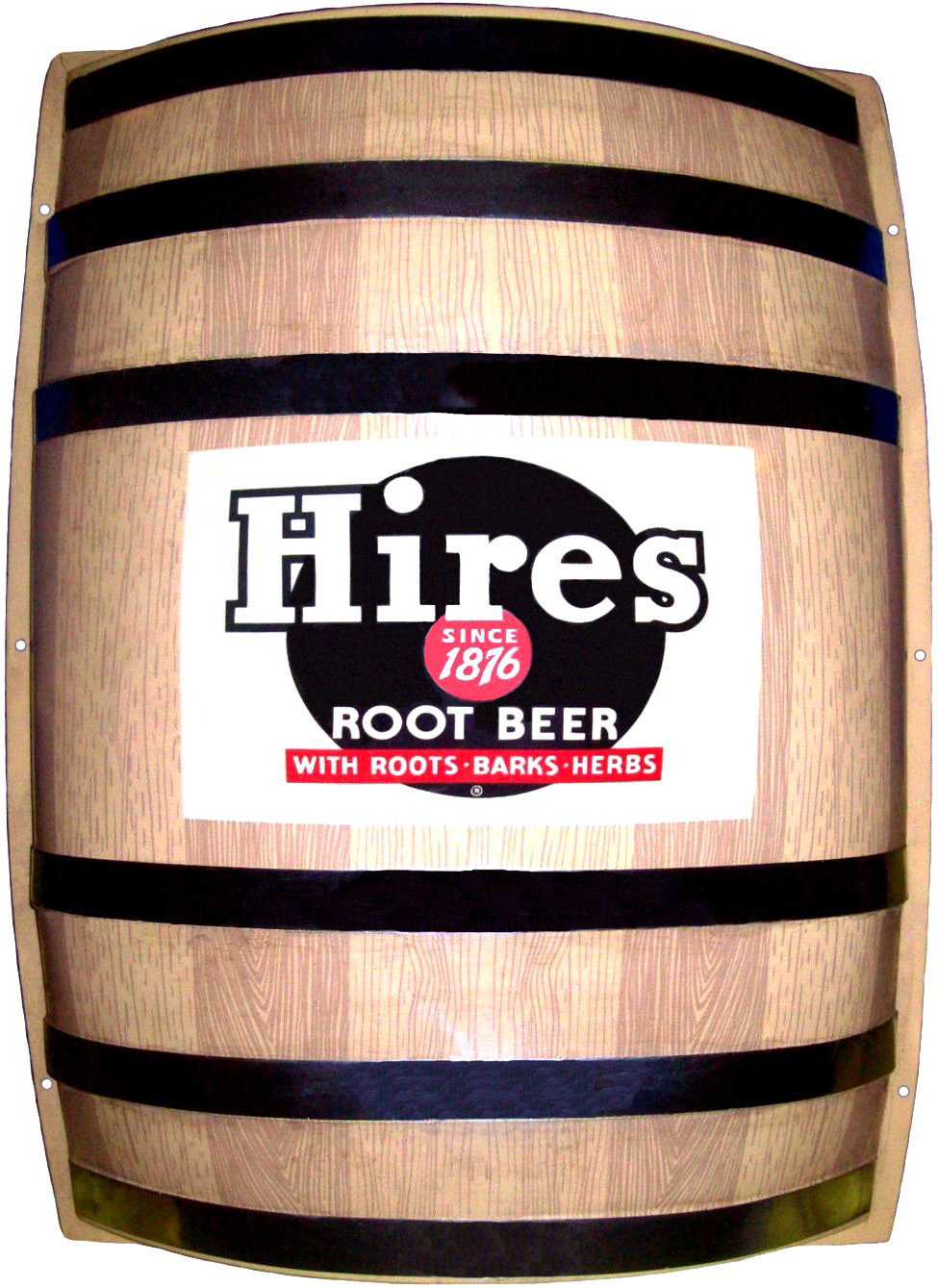
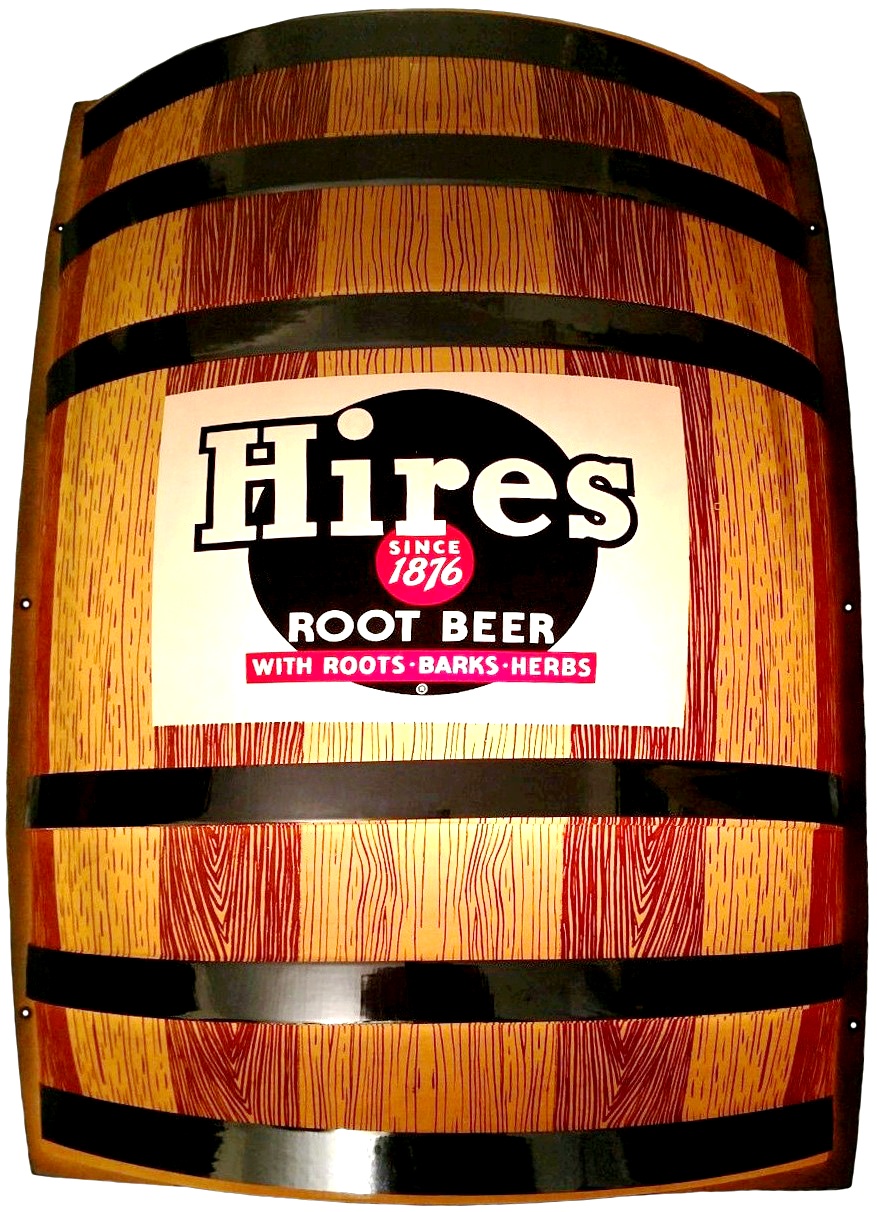
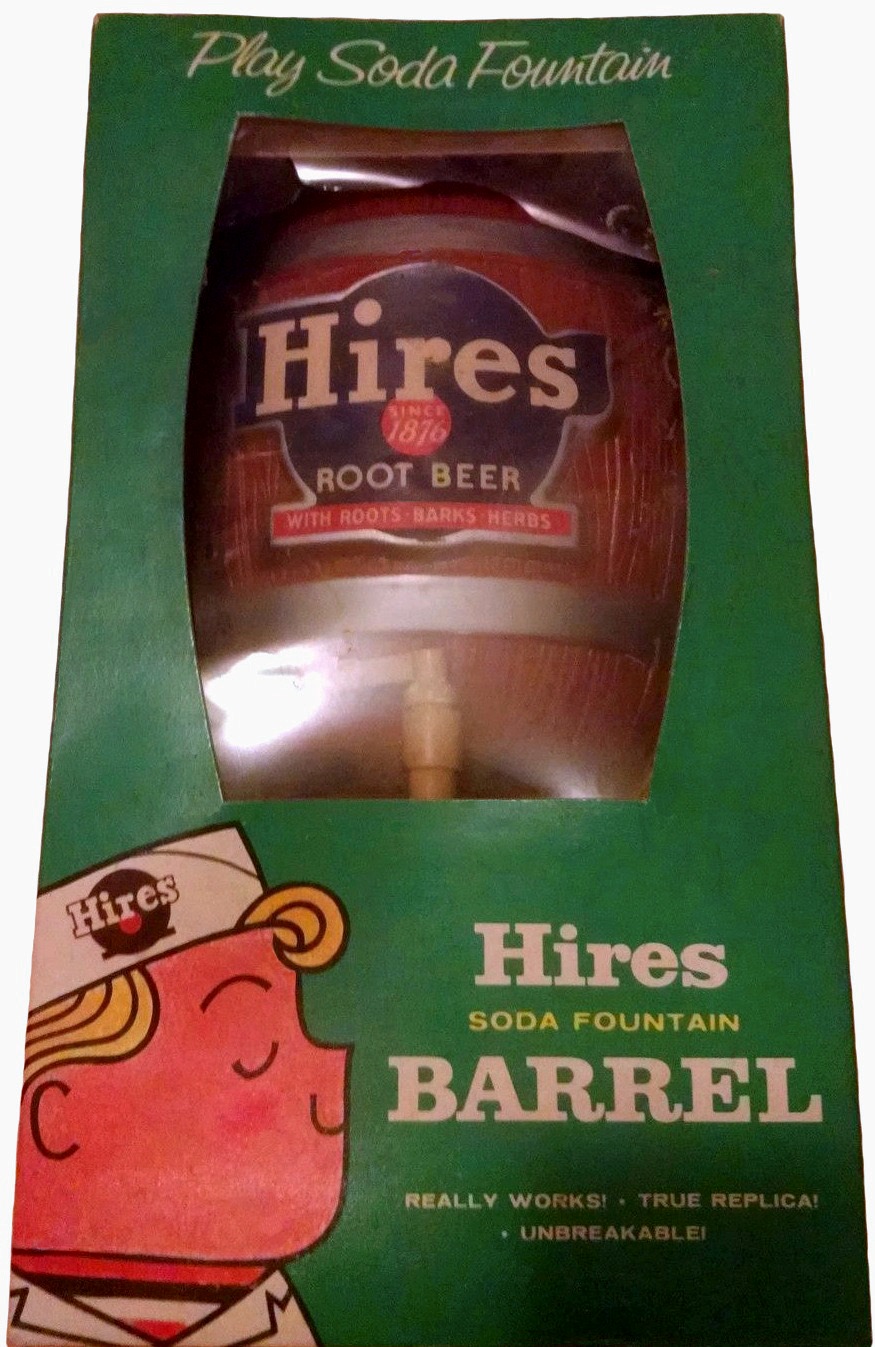

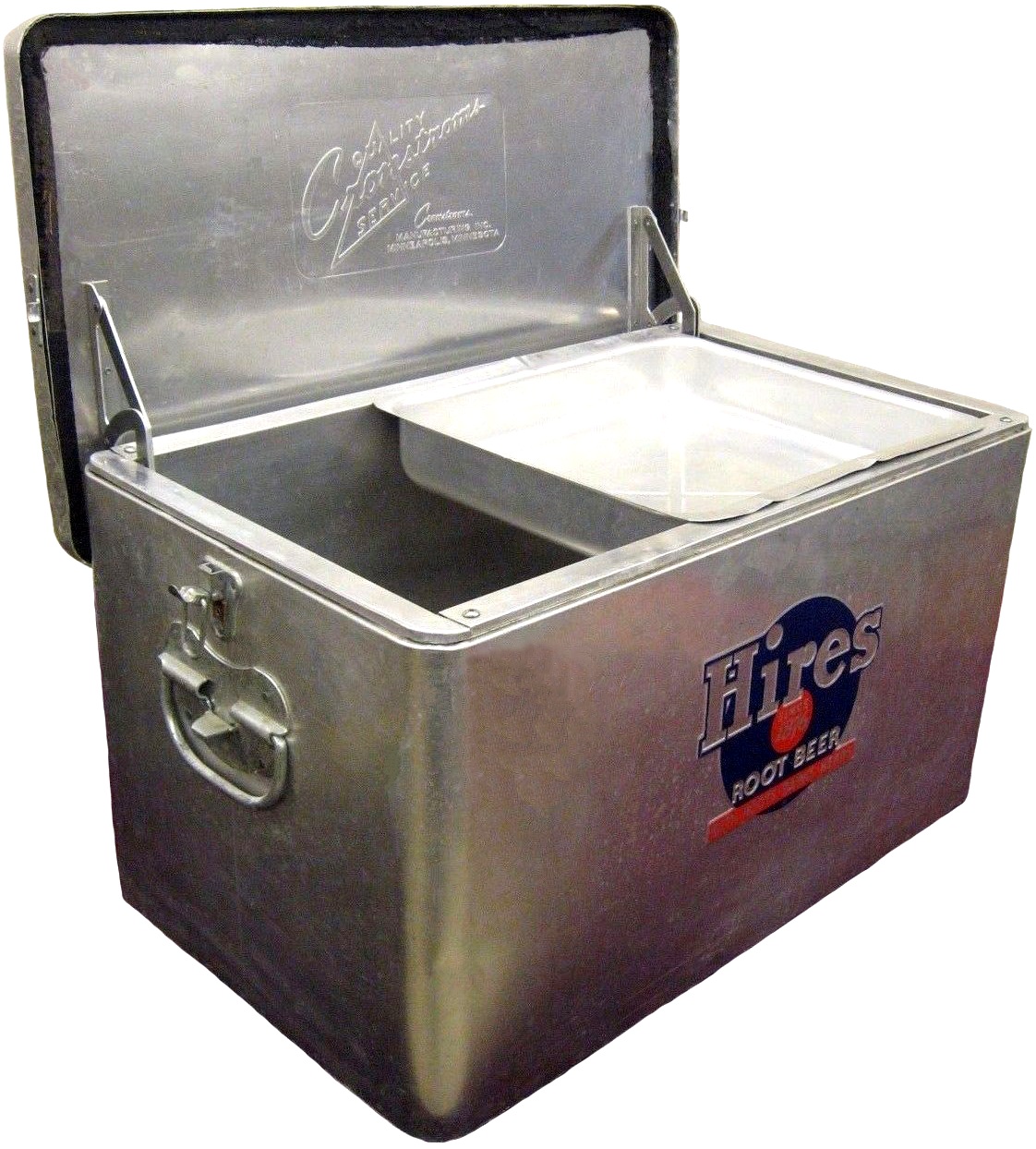
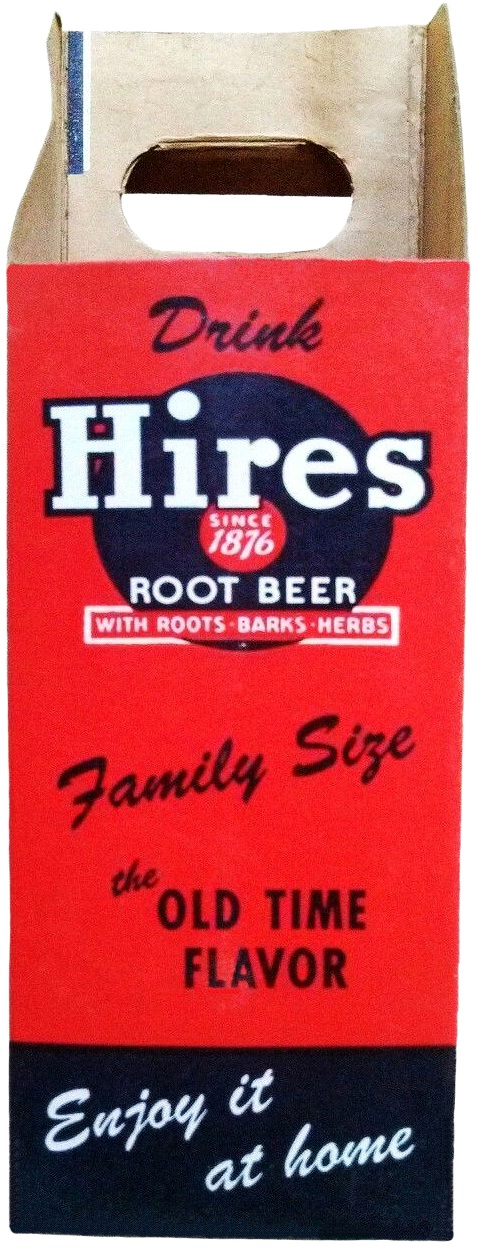
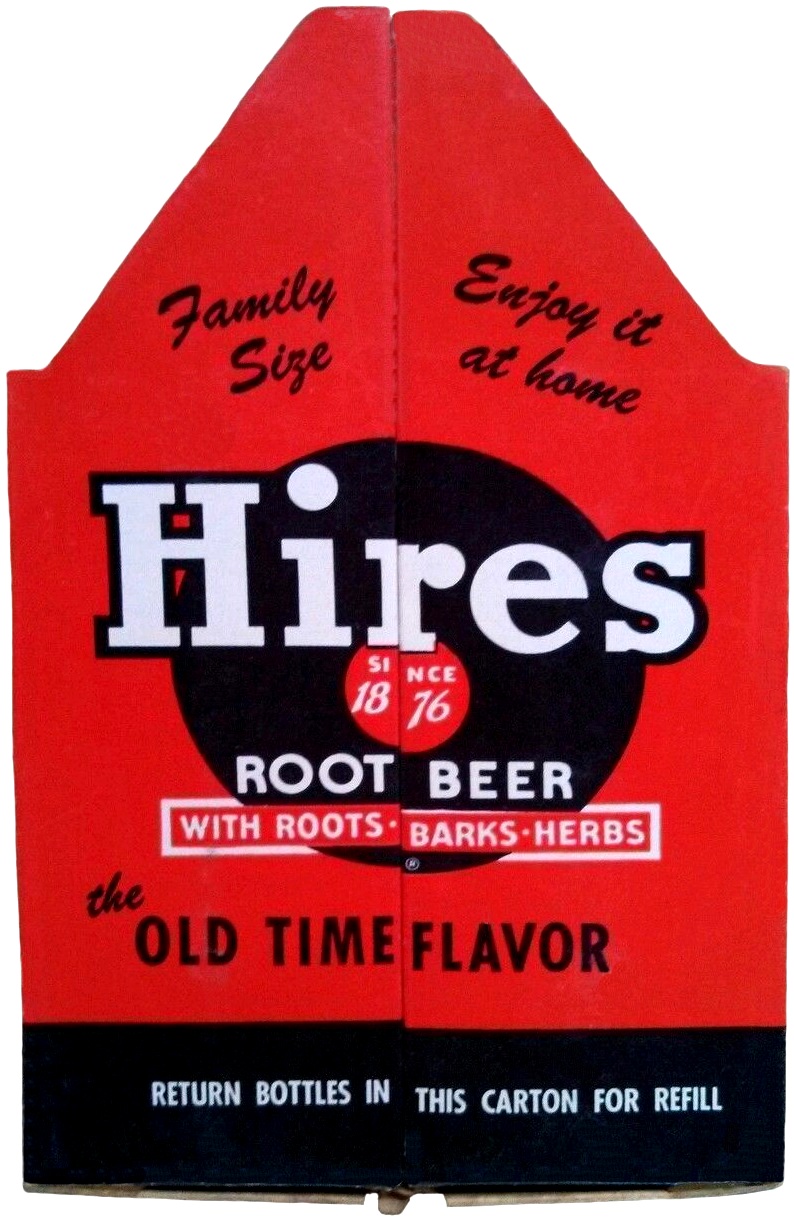
%20Root%20Beer%20With%20Roots-Barks-Herbs%20-%20cardboard%20six-pack%20carton.jpg)



